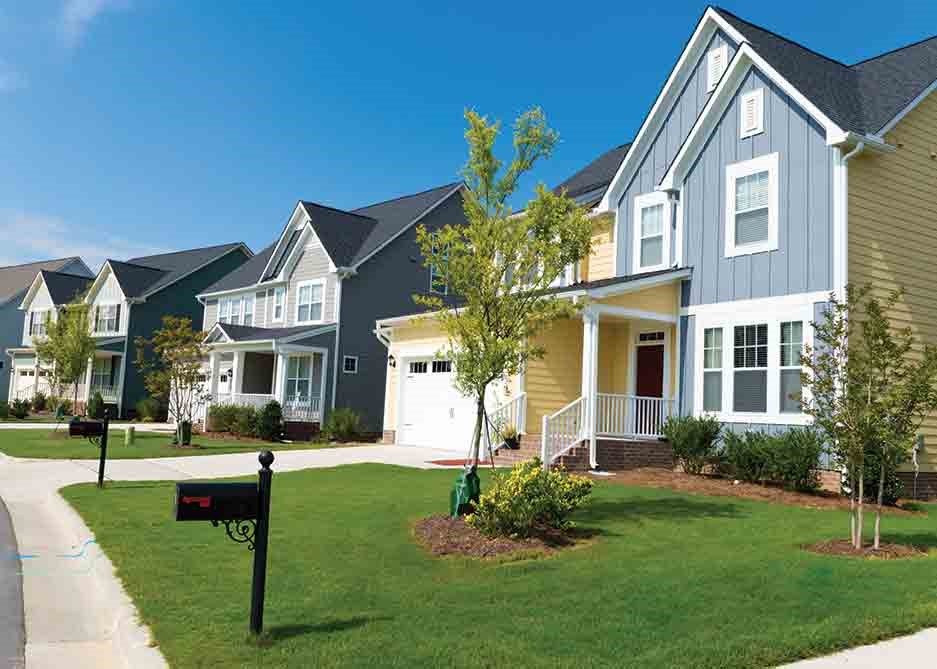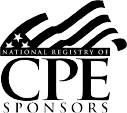One of the questions I have been asked lately is, “How does one appraise a business that has no historical record?”
Many of the analyses and valuation techniques that we rely on, use an analysis of historical financial statements to identify potential trends, to compare to the industry average, and to help find some required normalization adjustments. However, sometimes the business we are asked to appraise has only been in operation for less than a year.
I have done a few of these now. One of my first startup businesses that I needed to appraise was a restaurant that had been open for seven months as of my effective date. The business had been opened by two partners, each owning 50% of the business. After they had been in business together for a few months, these partners realized that they could not work together. They both wanted the restaurant, so one of the partners had to buy out the other. What was the value of a 50% ownership interest in this startup restaurant?
Usually, I look at the last several year’s financial records to see what kind of growth the restaurant would have seen and compared those results to industry average data to determine if the business was riskier or less risky than the industry average, but in this case, I could do none of that.
The value of a going concern business is based on what its expected future earnings will be. Therefore, I decided to project those results. Unfortunately, with such limited historical data, I could not rely on any single projection I could build, because there was nothing available to base it on. The definition of the fair market value includes the words, “…both parties having reasonable knowledge of relevant facts…”, so I decided that both a potential buyer and a potential seller would consider all the possibilities inherent in the operation of such a small startup business. I built three projections; an expected case, best case, and worst case scenarios.
I based the expected case projection on reasonable growth assumptions that would take the startup business from its current status to stable growth as a going concern similar to its industry average.
I based the best case projection on the slightly accelerated growth assumptions that would take the business from its current status to stable growth as a pretty successful going concern.
I based the worst case scenario on the assumption that the business failed at the end of its first year and went bankrupt. I do this because “failure is always an option.”
I went on to weight each case based on its expected likelihood of achievability. I weighted my expected case 65%, my best case was weighted at 10% and bankruptcy was weighted at 25%. I used this method because no one really knows what the future is going to look like, but this way I considered most of the possibilities.
A startup business is full of potential! No one really knows what is going to happen, and the uncertainty can be exciting, but it also increases the risk of achieving an income stream. However one goes about valuing a business such as this, make sure the risk rate utilized encompasses this extra uncertainty.
Recommended Reading
- Valuing a Small Business in Its Startup Phase
- Selection of Capitalization Rates—Revisited
- Describing the Specific Risk Premium
Recommended Resources
Recommended Courses
ISBA Learning: Looking for authoritative business appraisal courses, tools, webinars, and more? Stop trying to create resources from scratch and start taking advantage of having exactly what you need right at your fingertips in ISBA Learning.











